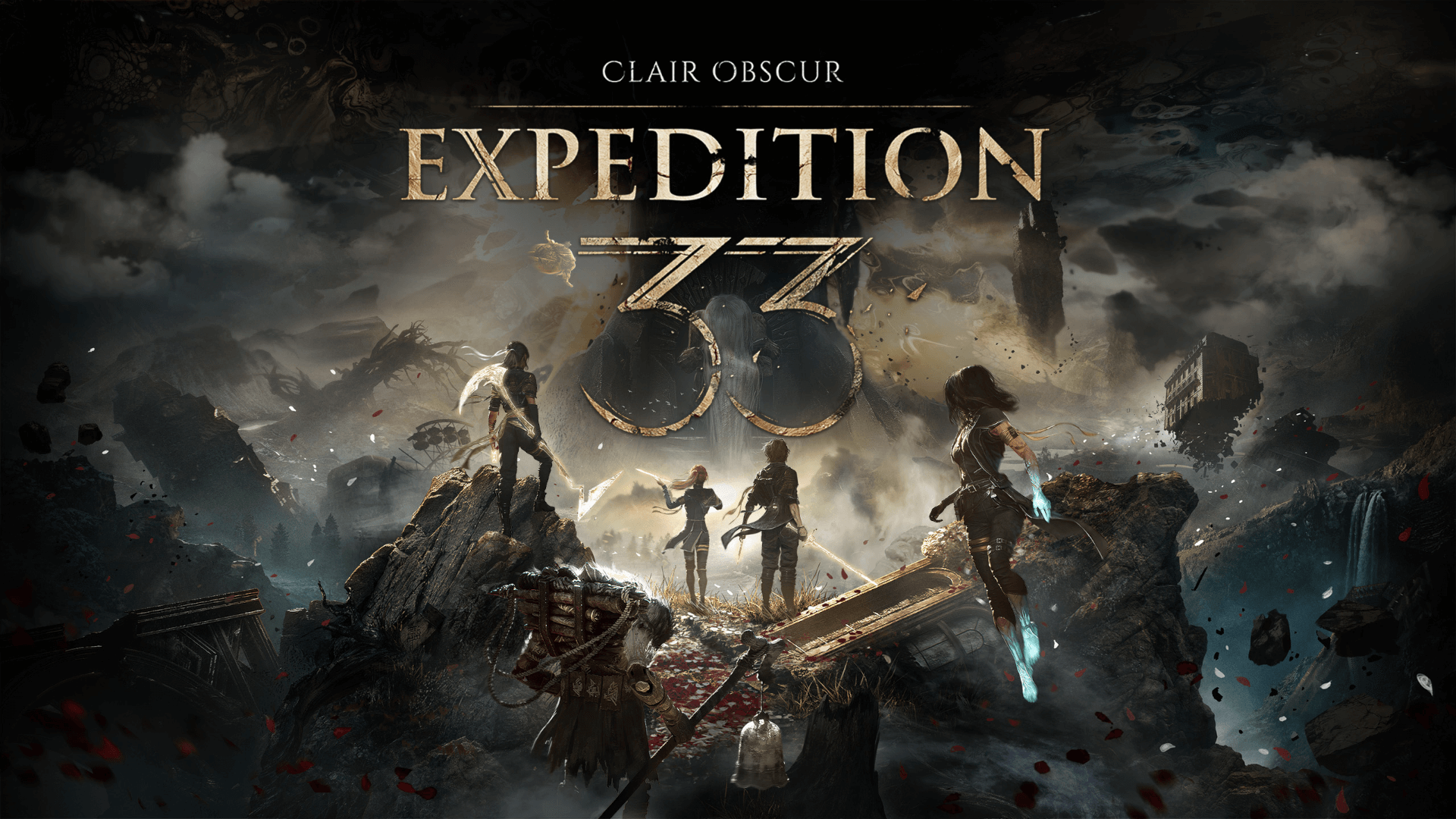News: A Comprehensive Retrospective on Doom - A Landmark in Gaming History
Introduction: The Birth of a Legend
The classic
Doom,
released on December 10, 1993, by id Software, stands as a pivotal first-person shooter that transformed the
video game landscape. Developed by a team including John Carmack, John Romero, Adrian Carmack, Kevin Cloud,
and initially Tom Hall, it introduced players to a fast-paced, immersive experience set in a demonic world on
Mars' moons and hell.
Its innovative use of 3D graphics, networked multiplayer, and support for user modifications likely set new
standards, making it a landmark title in gaming history. With over ten million copies sold across its series,
Doom's influence extends beyond mere numbers, shaping the industry's trajectory and cultural perception.
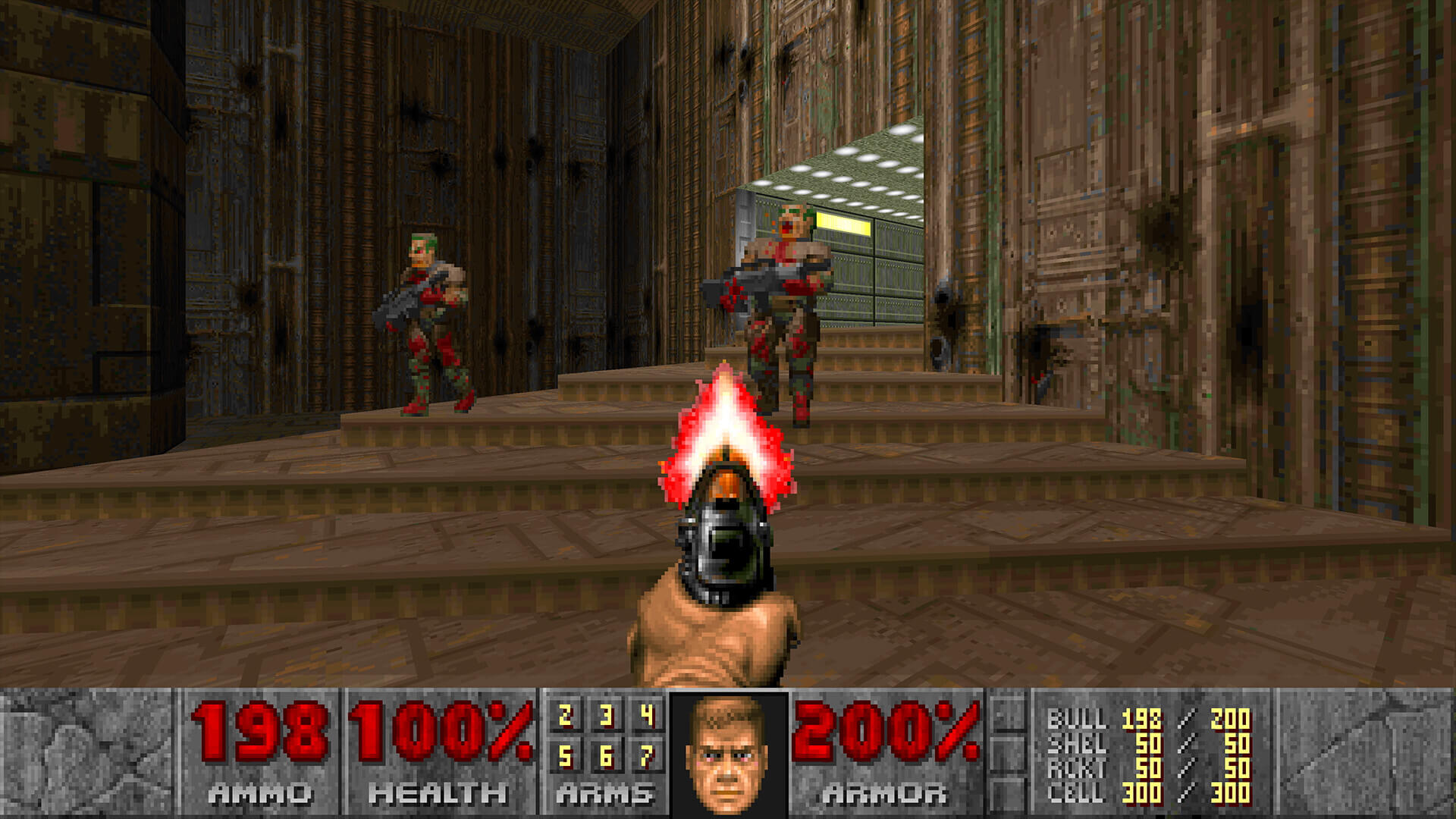
Gameplay and Features: Immersive Action and Innovation
Doom places players in the role of an unnamed space marine, colloquially known as Doomguy, tasked with battling
hordes of demons and possessed undead humans. The game is structured into episodes, each containing multiple
levels grouped with boss fights at the end, such as the iconic E1M1: Hangar, which introduces players to its
mechanics and atmosphere.
Players navigate labyrinthine environments, managing resources like ammunition and health, and collecting weapons
ranging from the pistol to the powerful BFG 9000. Power-ups like invulnerability and the radiation suit enhance
gameplay, while hazards like toxic waste pits and crushing ceilings add challenge.
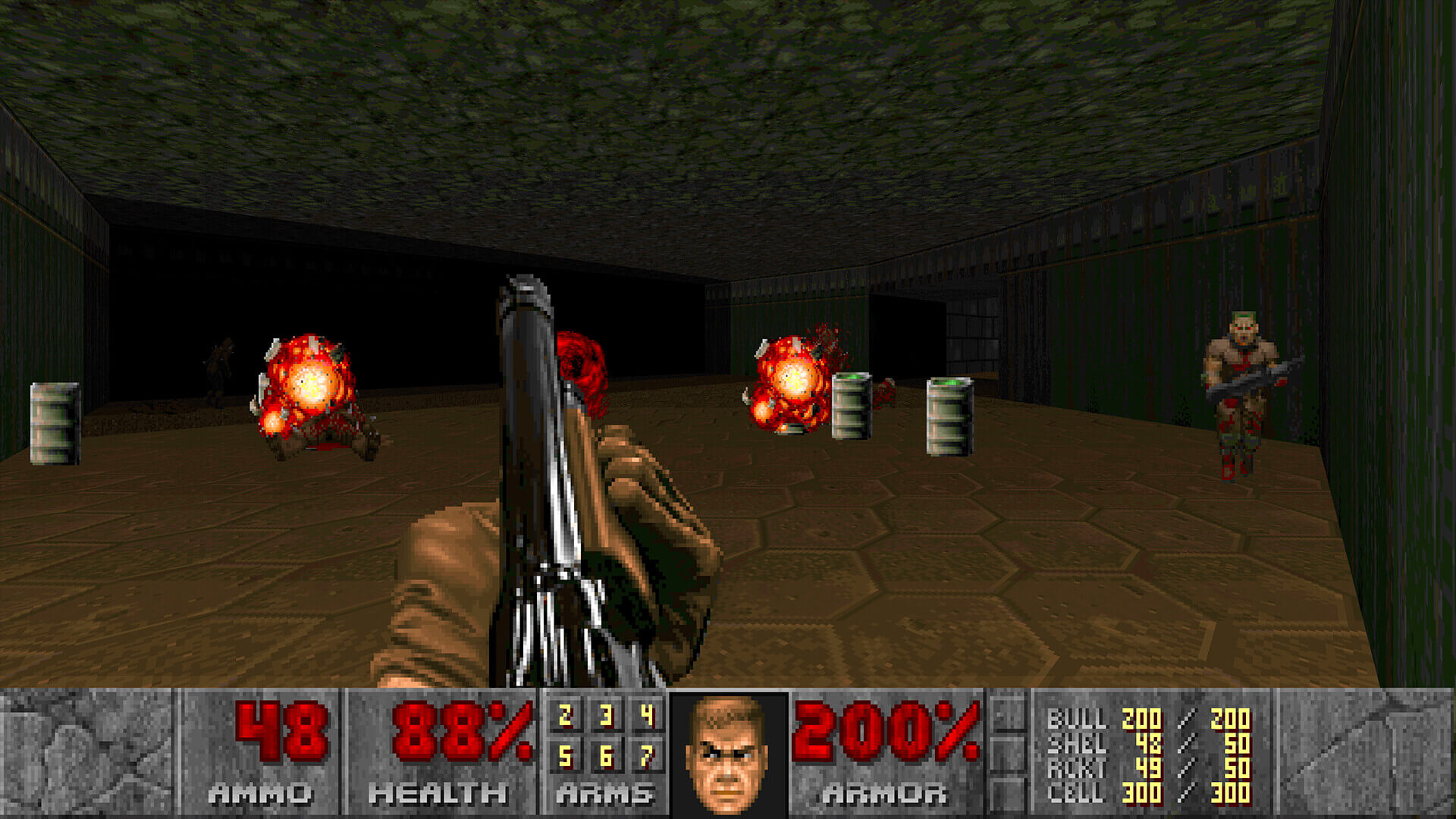
The game offers five difficulty levels, adjusting enemy numbers and behavior, with the hardest setting
featuring faster, more aggressive foes. Multiplayer modes, including cooperative and deathmatch, were
groundbreaking, initially supporting local networks and later online via services like DWANGO, likely
fostering competitive gaming communities.
Enemies like the fireball-throwing Imp, floating Cacodemon, and formidable Cyberdemon each require different
strategies, contributing to the game's memorable design.
Cheat codes, such as unlocking all weapons or becoming invulnerable, added replayability, while the game's 2.5D
graphics, using 2D sprites at fixed angles, created a visceral 3D experience on the hardware of the time. This
combination of features seems to have set a benchmark for future first-person shooters, influencing gameplay
mechanics and player engagement.
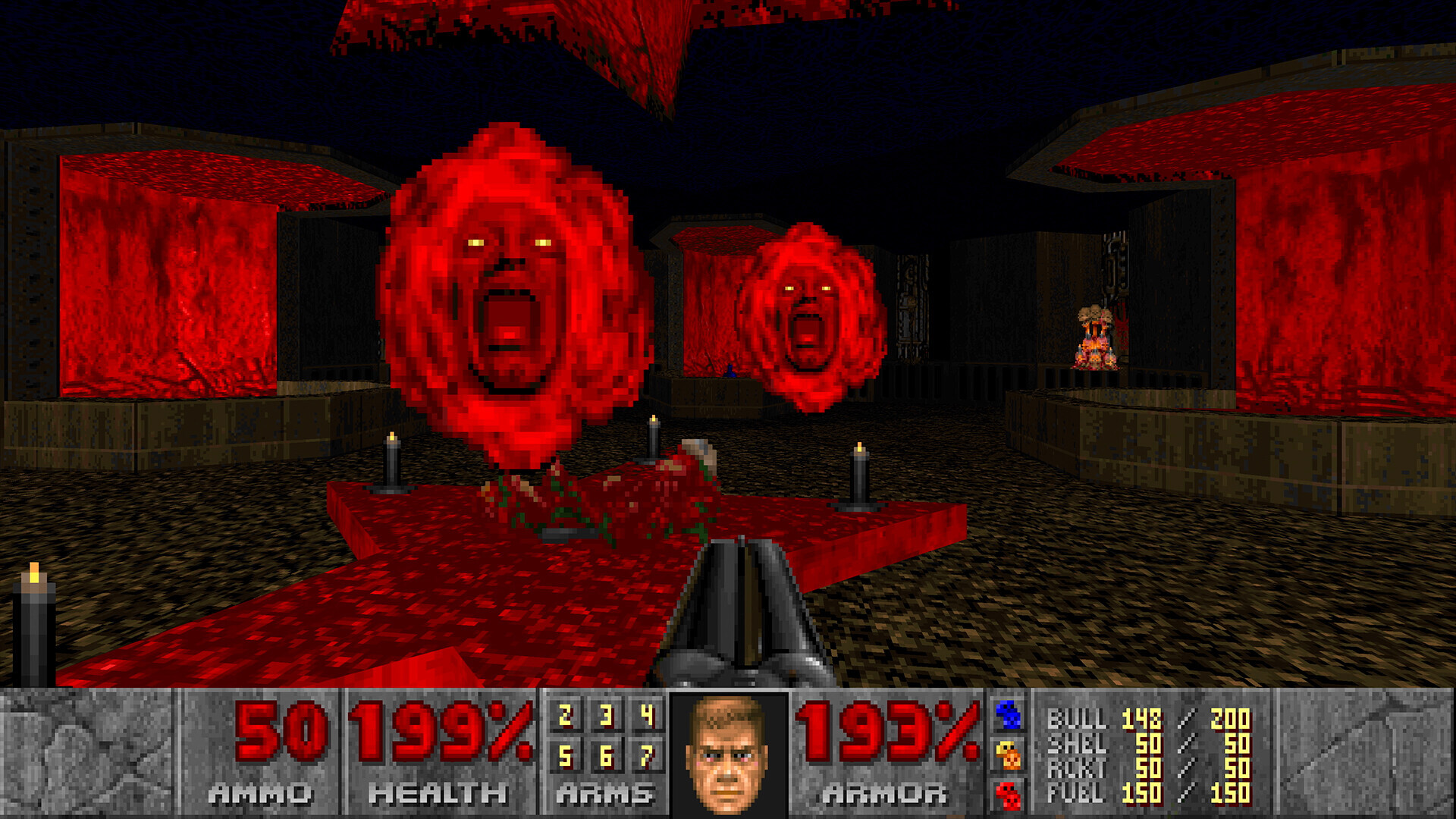
Development History: Crafting a Revolution
The development of Doom began in November 1992, with id Software, formed in February 1991, aiming to build on
the success of Wolfenstein 3D. Initially, Tom Hall's "Doom Bible" envisioned a more realistic, story-driven game,
but the team, particularly John Romero, favored a faster-paced, action-oriented approach.
This shift led to Hall's firing in July 1993, with Sandy Petersen joining in September to design levels, contributing
to the game's abstract, challenging environments. John Carmack's engine, written in C with assembly language, used
NeXT computers and introduced binary space partitioning for visibility, allowing walls and floors at any angle or
height, though without vertical stacking. This engine, stored data in WAD files, supported modding, a feature backed
by Carmack's copyleft ideals and Romero's hacking background, despite internal resistance.
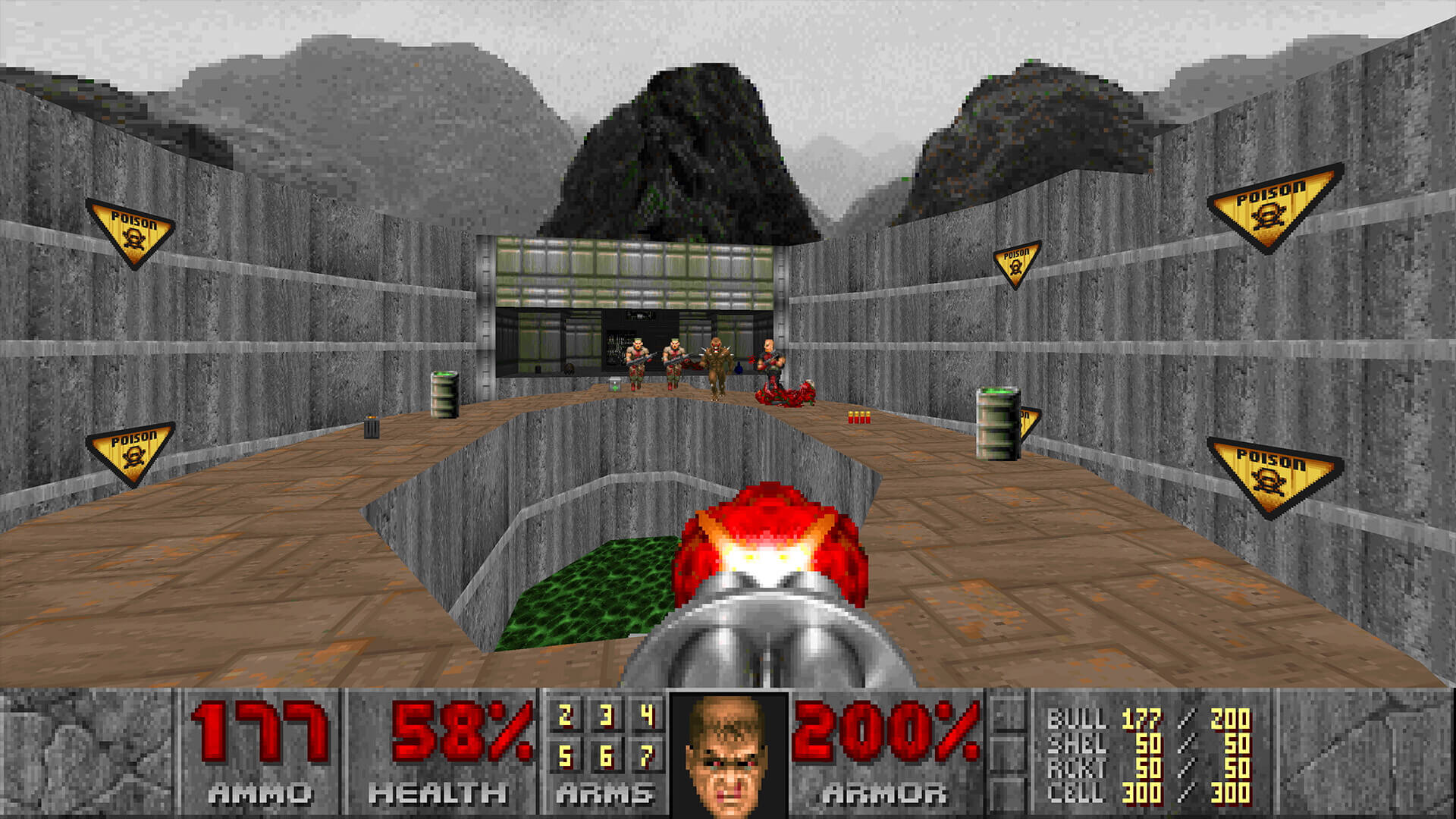
Art direction, led by Adrian Carmack and Kevin Cloud, used mixed media, photographing clay models for 2D sprites
to create a nightmarish, realistic look, enhancing the game's horror atmosphere. Music, composed by Bobby Prince,
drew from techno and metal, inspired by bands like Alice in Chains and Pantera, designed for distinct sound on
limited hardware.
The team worked non-stop, with some sleeping at the office, to meet the release date, estimated at under US$1
million in development cost by 2004. Released as shareware on December 10, 1993, the first episode overwhelmed
the University of Wisconsin-Madison FTP server with 10,000 simultaneous download attempts, highlighting its
immediate impact.

Interesting anecdotes include the game's title, inspired by a scene in "The Color of Money" where Tom Cruise says "Doom," and early considerations of names like "Attack of the Attackers," deemed too silly. Initially, id Software explored an Aliens game but opted for demons to retain creative freedom, blending science fiction and horror from influences like James Cameron's Aliens and Sam Raimi's Evil Dead, likely shaping its unique identity.
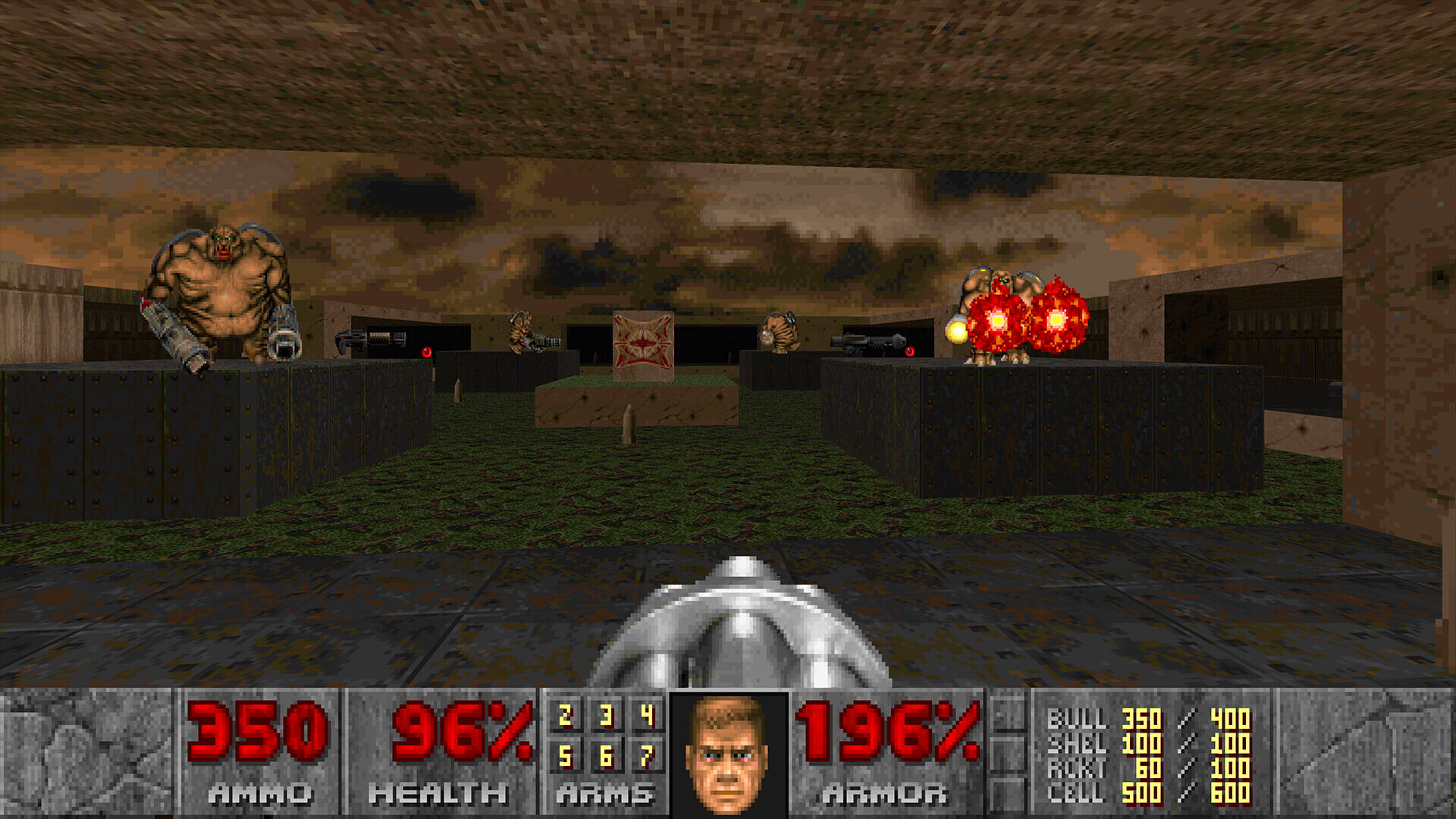
Impact on the Gaming Industry: A Paradigm Shift
Doom is often termed the "father" of first-person shooters, with research suggesting it caused a "paradigm shift,"
prompting the rise in 3D games, licensed technology, and mod support. Its multiplayer mode introduced deathmatch
and fragging, likely laying the groundwork for online gaming communities, while its WAD file format enabled
user-generated content, fostering a persistent modding community.
By 1998, it was called "probably the most imitated game of all time," with "Doom clone" giving way to "first-person
shooter" as the genre label. Games like Heretic (1994), Hexen: Beyond Heretic (1995), and Strife: Quest for the Sigil
(1996) used the licensed Doom engine, while others like Duke Nukem 3D (1996) and PowerSlave (1996) adopted similar
mechanics, indicating its broad influence.
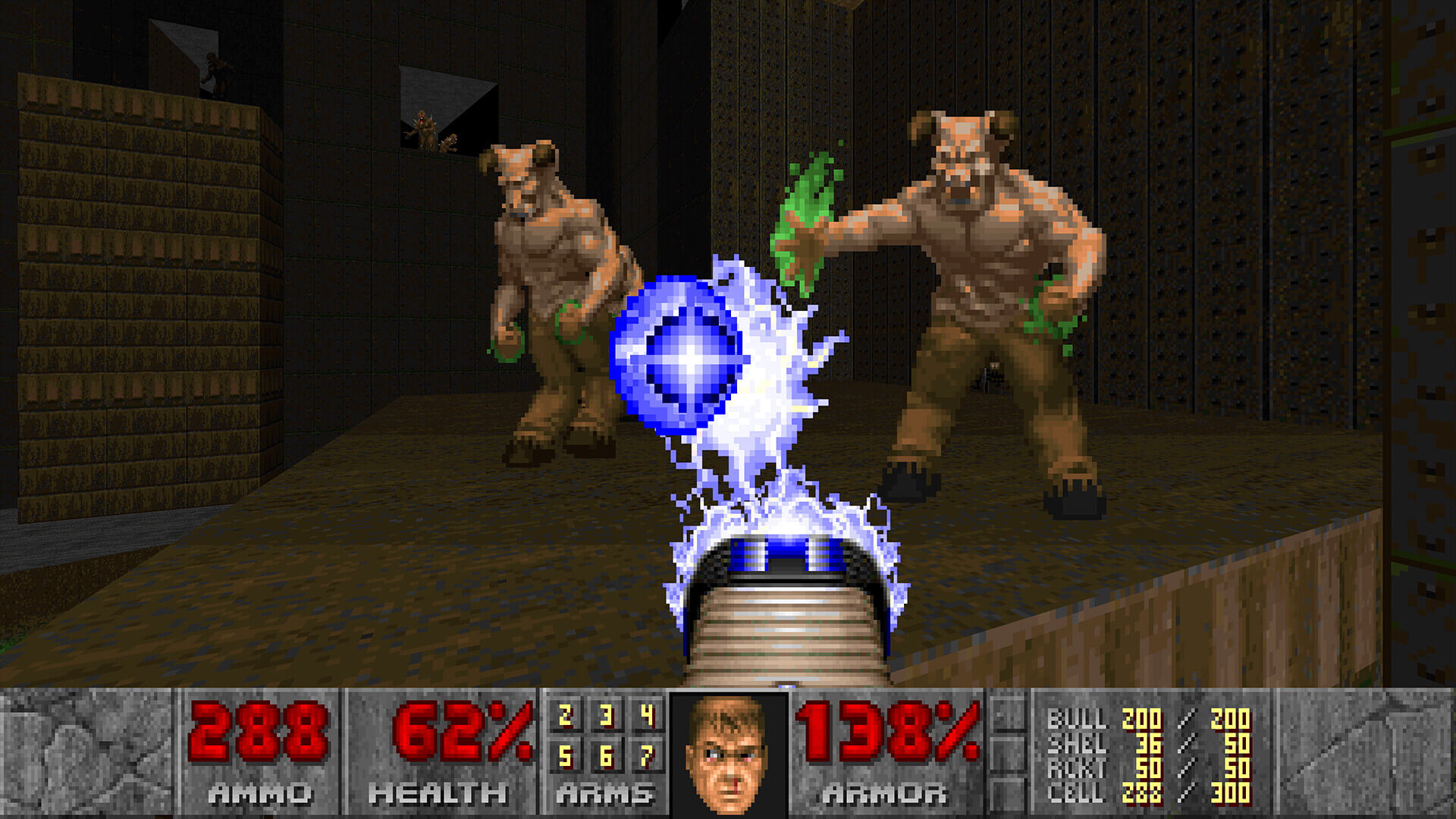
Doom's commercial success, with sequels like Doom II selling over 1.2 million copies within a year, and its recognition in lists like the World Video Game Hall of Fame (2015) and Library of Congress preservation (2007), underscore its industry impact. It influenced design choices for first-person and third-person shooters two decades later, with historians noting its role in changing perceptions of video games in media, becoming the predominant image of gaming culture.
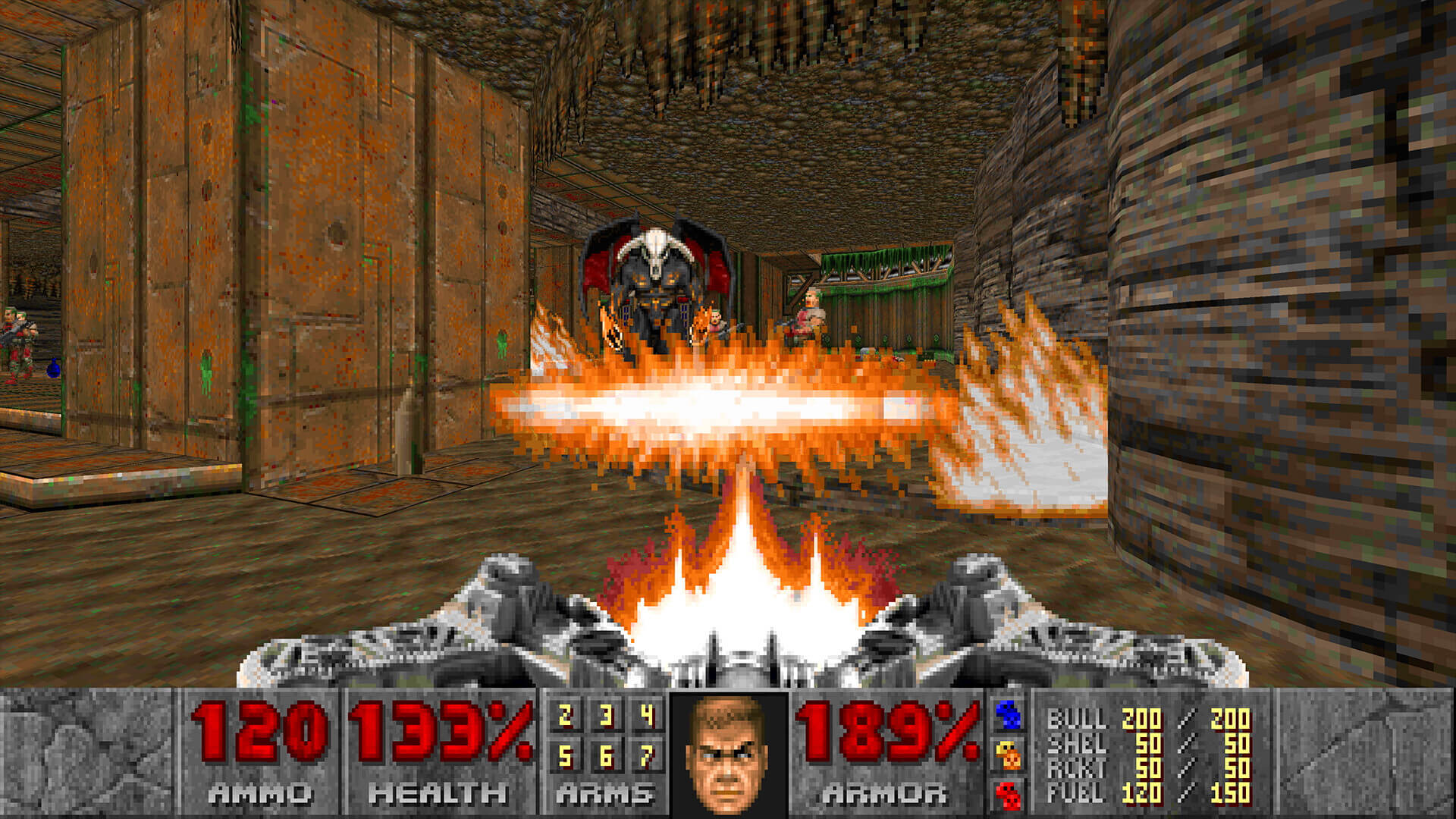
Cultural Significance: Beyond the Screen
Doom's cultural footprint extends beyond gaming, appearing in popular TV shows like Friends, where Chandler
suggests playing it, and The Simpsons, with Homer in a consultant's office playing the game. It was briefly
shown in Family Guy and referenced in Mystery Science Theater 3000, indicating its penetration into mainstream
media.
However, its graphic violence sparked controversy, notably linked to the Columbine High School shooting, with
claims it influenced the perpetrators, though numerous studies, such as those cited in academic research, suggest
no direct correlation, debunking such notions. This debate positioned Doom alongside Mortal Kombat and Grand Theft
Auto as examples of video games' destructive potential, though its legacy has been rehabilitated as a classic.
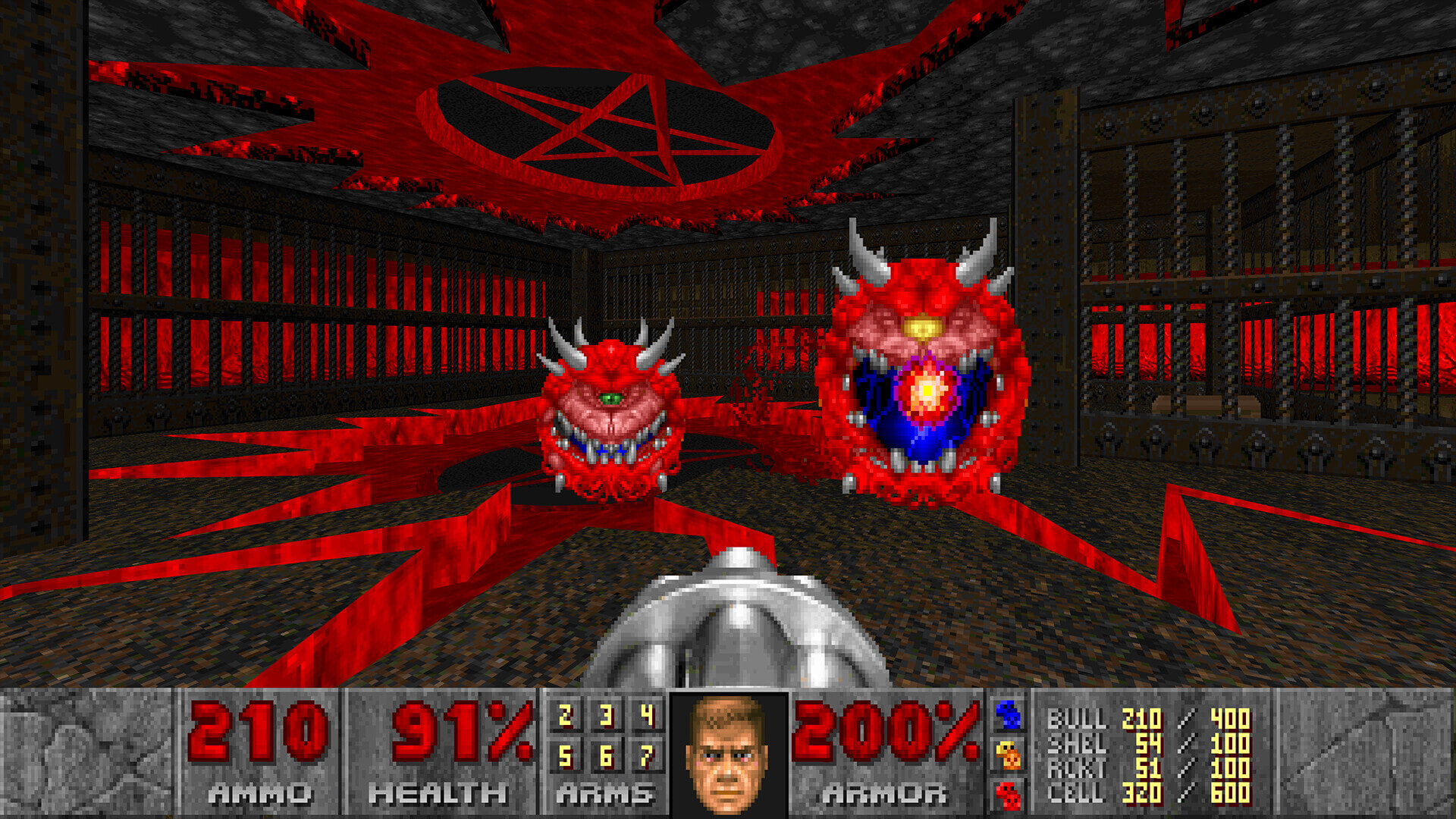
Theological interpretations vary, with conservative Christians viewing it as Satanic and others, including
developer Sandy Petersen, a Mormon, seeing it as anti-Satanic, given players fight demons.
Its influence extends to art, with Russian artist Aleksandr Gushchin creating a Doom-themed street art display
in 2018, and music, with its soundtrack reflecting industrial and metal styles, tapping into disenfranchised
teenage culture, likened to punk rock's impact. Scholarly research uses Doom in machine learning, video game
aesthetics, and studies on aggression, memory, and attention, highlighting its broader cultural significance.
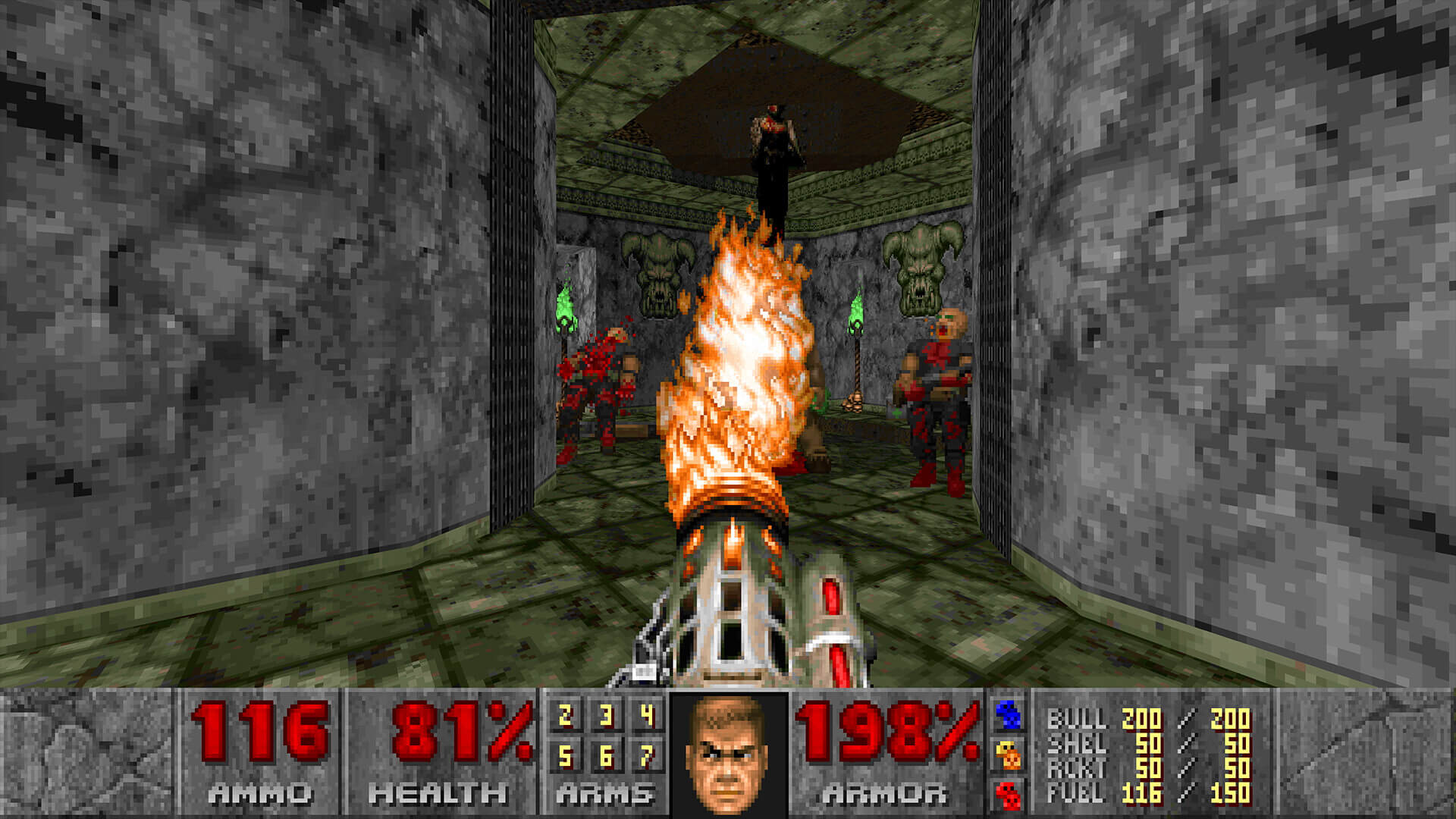
Legacy: Enduring Influence and Community
Doom's legacy is evident in its franchise, with sequels like Doom II (October 10, 1994), Doom 3 (2004), Doom
(2016), and Doom Eternal (March 20, 2020), each building on its foundation. Expansions like Master Levels for
Doom II (1995) and Final Doom (1996) added levels, while spin-offs, novels, comic books, board games, and films
like Doom (2005) and Doom: Annihilation (2019) expanded its reach.
The modding community, enabled by WAD files, created over 3000 levels by 1995, with awards like Cacowards recognizing
excellence.
Speedrunning, with records broken in 2019 from 1998, marks Doom as the quintessential speedrunning game, with
a persistent community organizing events. Its source code, released in 1997, spawned ports to countless devices,
ensuring accessibility.
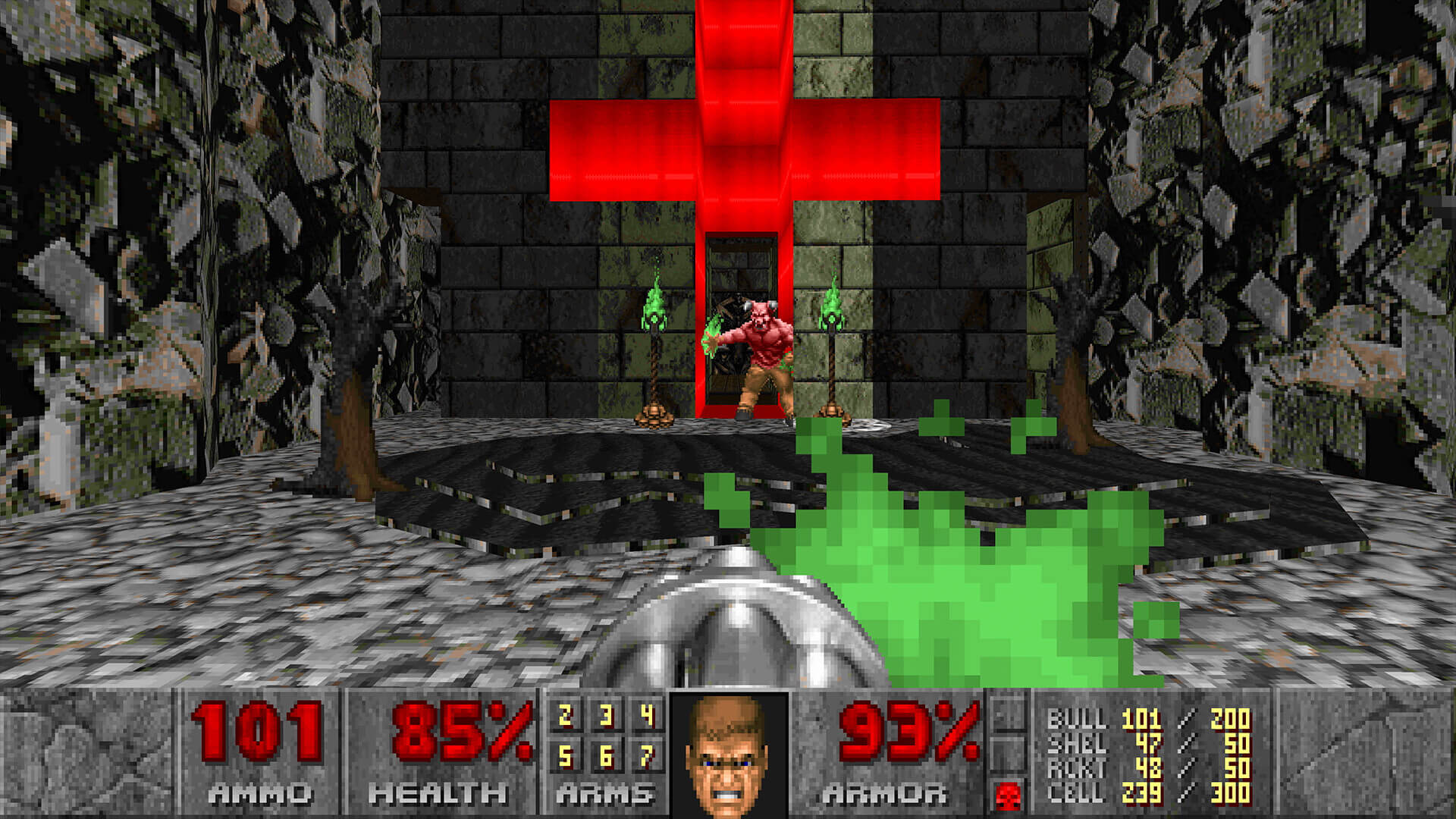
The classic first-person shooter Doom is still available on Steam for PC, for players eager to experience a legendary milestone title in gaming history.
